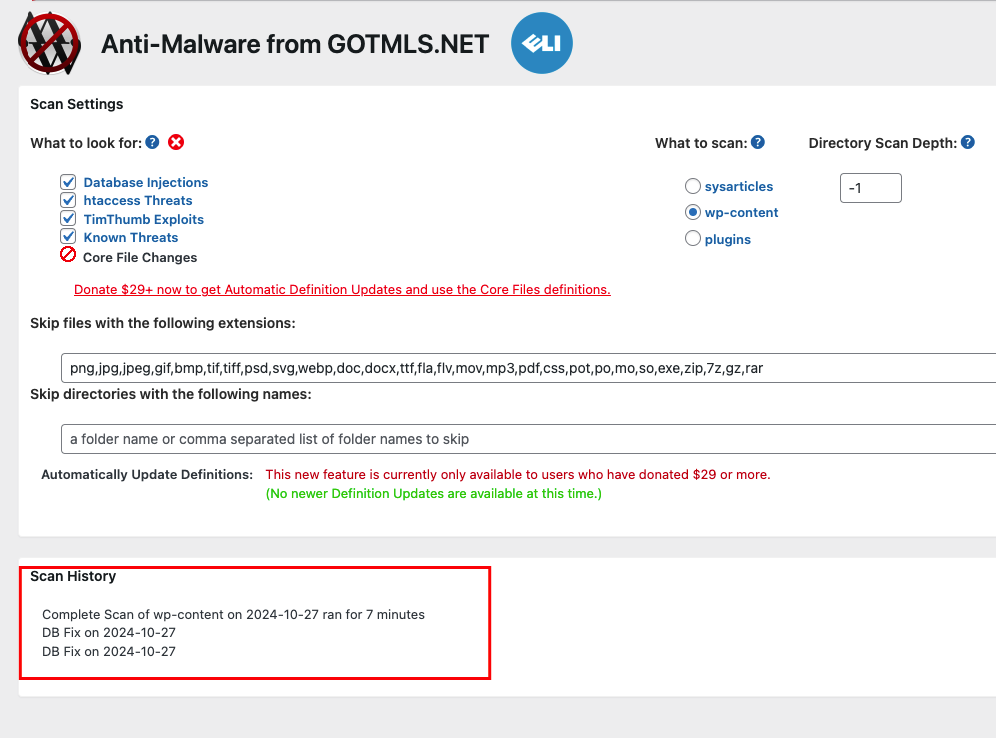In today’s digital age, user security is a critical aspect of any online business or website. With cyber-attacks and data breaches on the rise, it’s essential to take proactive measures to protect your users’ data and privacy. In this article, we’ll provide 10 practical tips for improving user security on your website.
- Use HTTPS: Ensure that your website has a secure HTTPS connection to encrypt data and prevent unauthorized access.
- Implement Two-Factor Authentication (2FA): Require users to use 2FA to add an additional layer of security to their login process.
- Enforce Strong Password Policies: Encourage users to create strong, unique passwords and enforce password policies such as minimum length and complexity.
- Regularly Update Software and Plugins: Keep your website’s software and plugins up to date to patch any security vulnerabilities.
- Use a Web Application Firewall (WAF): Implement a WAF to protect your website from common attacks such as SQL injection and cross-site scripting (XSS).
- Limit User Access: Only give users access to what they need to perform their tasks and avoid giving unnecessary privileges.
- Conduct Regular Security Audits: Regularly audit your website’s security to identify and address any vulnerabilities.
- Provide Security Awareness Training: Educate your users on the importance of security and provide training on how to keep their accounts safe.
- Monitor and Respond to Security Incidents: Monitor your website for security incidents and have a plan in place to respond quickly and effectively.
- Be Transparent with Users: Be transparent with your users about your security practices and any security incidents that may occur.
Conclusion: By implementing these tips, you can improve the security of your website and protect your users’ data and privacy. Remember, security is an ongoing process, and it requires continuous effort to stay ahead of potential threats.



